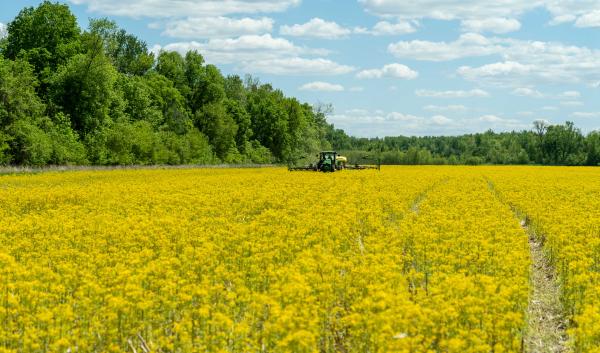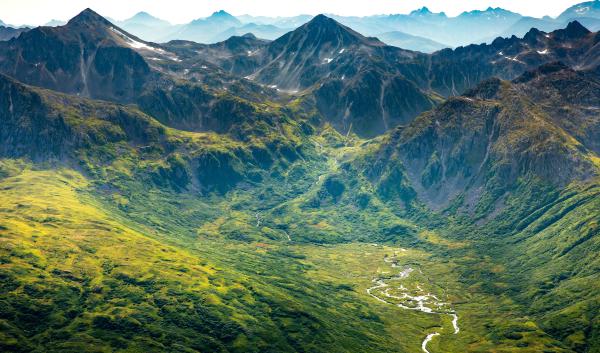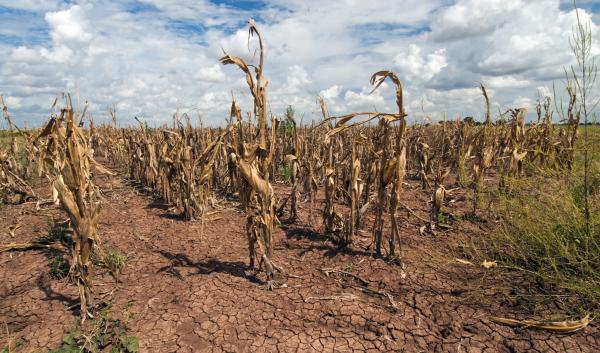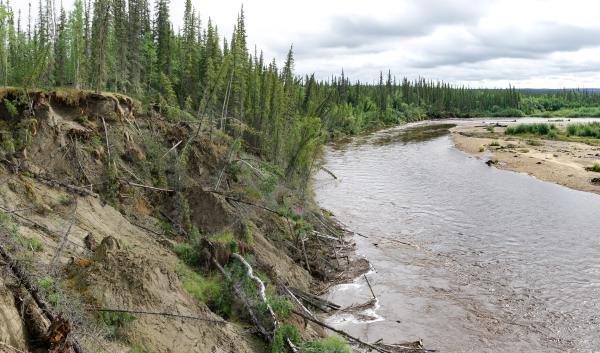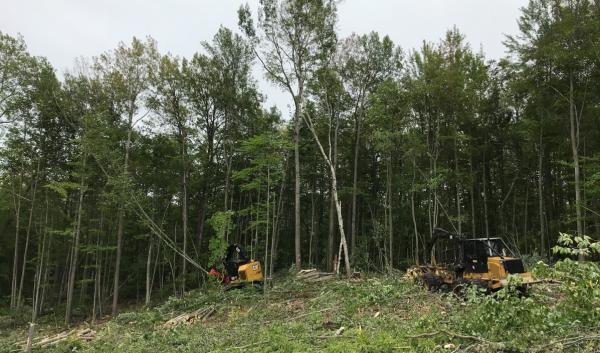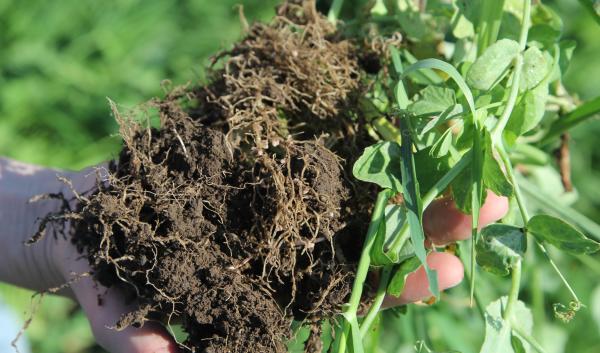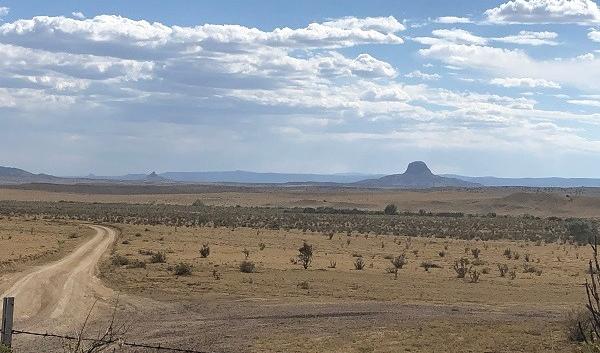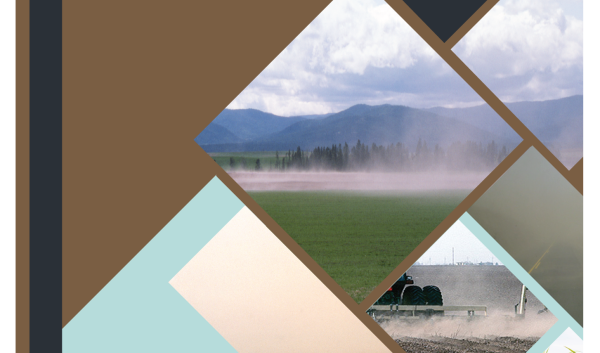Erosion
The primary climatic forces affecting erosion, on both inland and coastal areas, are changes in temperature, water levels, precipitation, vegetation loss/changes, and storminess. Climate is a major driver of erosion, however changes in land use and land cover – due to development and land management – can dramatically affect exposure of sediments to erosion. Erosion involves the breakdown, detachment, transport, and redistribution of soil particles by forces of water, wind, or gravity.
Soils provide a multitude of services: provision of food, wood, fiber, and raw materials; flood mitigation; recycling of wastes; biological control of pests; regulation of carbon and other heat-trapping gases; physical support for roads and buildings; and cultural and aesthetic values.


